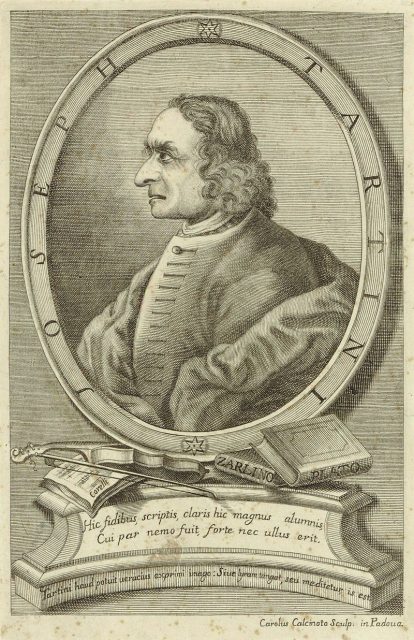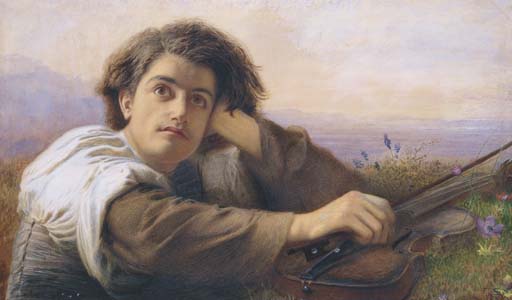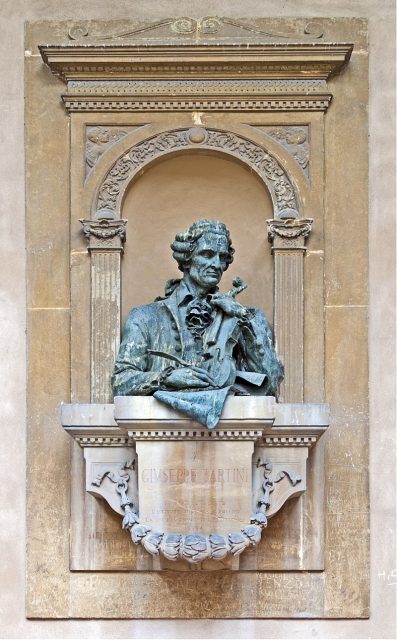“If it’s a good movie, the sound could go off and the audience would still have a perfectly clear idea of what was going on” – Alfred Hitchcock.
But then again, what if the sound is all the story anyone has and the script is nothing but a melody scribbled across the empty pages of a music sheet? How do we explain the way in which a musical piece can draw its audience into a story that they themselves write along the way as they listen to its tune?
Well, the trick to captivating the audience is to “give them pleasure–the same pleasure they have when they wake up from a nightmare,” wrote Hitchcock, the Master of Suspense. That said, however, he and every other director enjoy the privilege of editing to help compose their shots in a flawless manner that, as a result, invoke suspense or any other desired emotion in the viewers.
When it comes to musical pieces, it is more or less the same, but instead of directors who compose shots in order to create rhythm and a story pleasurable enough for us to watch, we have composers who arrange notes in an intricate manner hoping to draw us in and keep us enchanted throughout the whole experience. Up until the very last note.
Throughout history, people have tried to find words to explain the power of music. As the novelist Aldous Huxley put it, “After silence, that which comes nearest to expressing the inexpressible is music.” The profound effect of music to soothe and heal us has prompted a number of scientific studies. It seems that our brains are “hardwired” to be influenced by different harmonies and tones, which invoke different responses in our brains.
It’s no wonder people can be mesmerized by the complexities of a piece of music.
One type of combination of notes, known in musical theory as a tritone, produces a sound that is restless and unnatural to the human ear, but at the same time is also intriguing. It is achieved by playing three adjacent whole notes and this interval creates a dissonant harmony. They can be used by musicians to create suspense for the listener, very much the same as Hitchcock combined shots keep his viewers on the edge of their seats.

The human ear by nature is more accustomed to simpler-sounding tones than complex ones. The tritone interval sounds complex and conflicting and is extremely difficult to be execute. Because of this, its use was very limited and pretty much avoided for centuries, to the extent that was labeled as evil in the Middle Ages. Today the “forbidden intervals” are more commonly referred to by the Latin moniker Diabolus in Musica (the Devil in Music), or the Devil’s tone.
This tone is the sole reason why a whole music genre was called “the devil’s music” when it first appeared. The Blues is a style of music built around the use of Diabolus in Musica. Maybe this is why Robert Johnson, the master of the genre, was believed to have struck a deal with the Devil so he could learn to play the guitar. In truth he only applied a style that many other musical artists have also used, such as Metallica in Enter Sandman, Jimy Hendrix with Purple Haze, and Leonard Bernstein in his musical score for West Side Story.
A number of classical composers in the 18th and the 19th centuries composed their pieces by playing around with these devilish tones. If used correctly, tritones have the ability to evoke a strong reaction and suck in the audience to a thrill ride. One example is Danse Macabre by French the composer Camille Saint-Saëns which was first performed in 1875. The solo violin enters the piece playing the tritone to build tension.
A long century and a half before Saint-Saëns, there was a Venetian aristocratic youth, a philosopher and a dreamer by nature but stuck studying law at the University of Padua, who left his home and fled to a monastery in the province of Perugia. It was here, in 1716, he first saw his beloved idol Francesco Maria Veracini playing a violin, an instrument he himself knew little about but was dying to know better.
Impressed by his hero’s talent and frustrated by his own lack of skill, the boy sequestered himself in a room in Ancona. He locked himself in his solitary study, determined to get better acquainted with the strings of his own violin–which was given to him by Antonio Stradivari. Months passed, but it was not in vain, for the boy emerged from the room like a butterfly, transformed into a great musician. He developed a serious knowledge about the history of music, the principles of acoustics, and most importantly had vast understanding of the “third sound,” or the overtones produced when two notes are played simultaneously, and with an excellent ability to play them in perfect harmony.

The boy’s name was Giuseppe Tartini, and the knowledge he gained inside those walls led him to become “il Maestro Delle Nazioni” in his homeland, and one of the finest musicians in the world.
As for the strings he so wished to know better, well they have enriched the world with one of the greatest musical pieces ever composed: Sonata per Violino in sol minore – Il Trillo del Diavolo. In English, this means Violin Sonata in G Minor–The Devil’s Trill. It is a sonata intended for one violin and with a series of swift changes in pace offers a melody that is hauntingly poignant and deeply dramatic. It has movement like none other before or since. A dreamlike harmonic vibe that goes from sadness to climax and from climax to sadness over and over again throughout its 15 minutes, and it is one that presents a commanding use of tritones.
Viewed as one of the hardest scores to play even by today’s standards, the musical piece has a rather peculiar story attached to it that lingers on. According to the story, Tartini gave an interview to the French astronomer Jerome Lalande just moments before his death on February 26, 1770, explaining how he came to compose his most famous sonata.
“One night, in the year 1713 I dreamed I had made a pact with the devil for my soul. Everything went as I wished: my new servant anticipated my every desire. Among other things, I gave him my violin to see if he could play. How great was my astonishment on hearing a sonata so wonderful and so beautiful, played with such great art and intelligence, as I had never even conceived in my boldest flights of fantasy.”

I felt enraptured, transported, enchanted: my breath failed me, and I awoke. I immediately grasped my violin in order to retain, in part at least, the impression of my dream. In vain! The music which I at this time composed is indeed the best that I ever wrote, and I still call it the ‘Devil’s Trill,’ but the difference between it and that which so moved me is so great that I would have destroyed my instrument and have said farewell to music forever if it had been possible for me to live without the enjoyment it affords me.”
Although not confirmed, it is believed that the sonata was written during his seclusion, and the devil in the story is actually none other than his idol Francesco Maria Veracini. Tartini’s eccentricity led people to believe that he was going mad during his isolated retreat in Ancona and his years of fanatical training. The name “Devil’s Trill” somehow seems to be the perfect description for the thrill we get as listeners, because, well it is rather devilish. If “tension and intensity are two different animals,” as the internationally acclaimed violinist Gerald Elias wrote in his debut novel Devil’s Trill, then they both run side by side in Tartini’s Violin Sonata in G Minor.
Many composers have tried to explain how Tartini managed to create his masterpiece, some even suggesting he had six fingers on his hand. Maybe he really was inspired by the Devil…?
Listening to Giuseppe Tartini’s Sonata per Violino in Sol Minore is like keeping still and watching a movie completely relaxed but with eyes closed. And it’s a different movie every time the tune is heard from start to finish. So it might be Devil’s trickery–or just one man’s utter brilliance.
